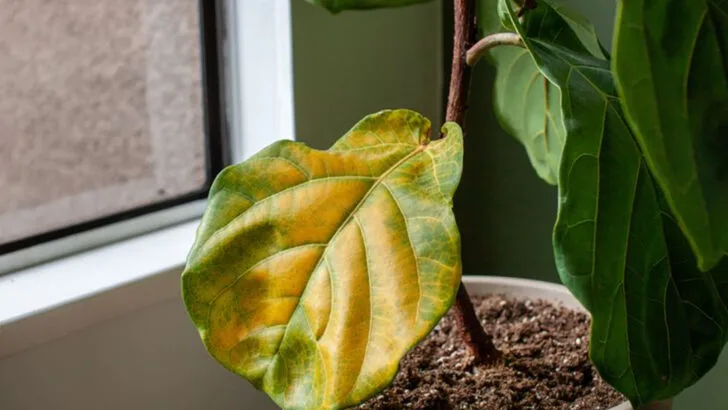Some plant “advice” sounds so right… until your greenery starts to wither. At Plantisima, we’ve seen how even the most well-meaning tips—passed from one plant lover to the next—can quietly do more harm than good. Myths spread fast, but your plants deserve better.
In this article, we’re debunking 15 of the most common plant myths that could be sabotaging your indoor jungle. From watering tricks that don’t work to sunlight misconceptions and soil slip-ups, we’re clearing the air so your plants can breathe easier—and live longer.
To all our Plantisima readers who want their green companions to thrive, not just survive—consider this your myth-busting toolkit. Because sometimes, the first step to a healthy plant is unlearning what you think you know.
Myth 1: Talking to Plants Helps Them Grow
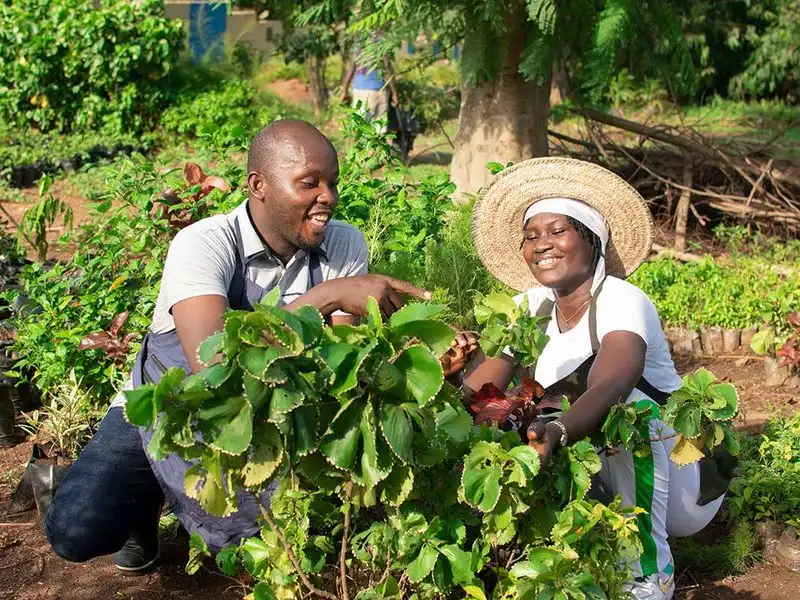
The idea that speaking to your plants encourages growth is charming but lacks scientific backing. While studies suggest sound can influence plant health, it’s more about vibration than conversation. Plants might respond to music or ambient sounds, but your heartfelt chats won’t boost their health. Still, engaging with them might enhance your nurturing spirit, indirectly benefiting their care. The interaction creates a mindful gardening practice, fostering patience and observation. After all, a gardener attuned to their plants’ needs is more likely to notice and address issues promptly, ensuring a healthier plant.
Myth 2: Watering Leaves Causes Disease
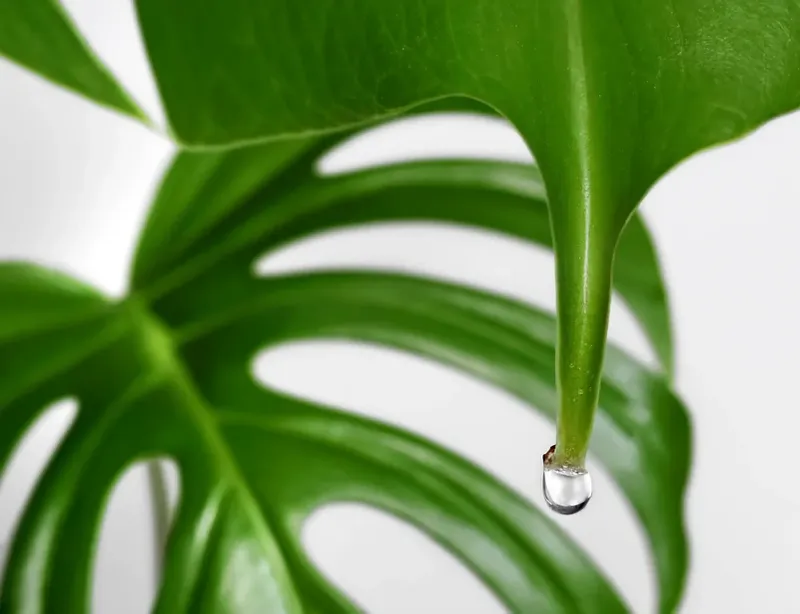
Water droplets on leaves don’t inherently cause disease. The misconception likely stems from the effect of prolonged moisture. While certain pathogens thrive in wet conditions, occasional leaf watering, especially during sunny weather, isn’t harmful. It’s the excess moisture and poor air circulation that pose a risk. Allowing foliage to dry between waterings and ensuring plants have adequate spacing can mitigate the problem. This myth shouldn’t deter you from refreshing your plants’ leaves occasionally, especially if they’re dusty or during dry spells.
Myth 3: Coffee Grounds Are Good for All Plants
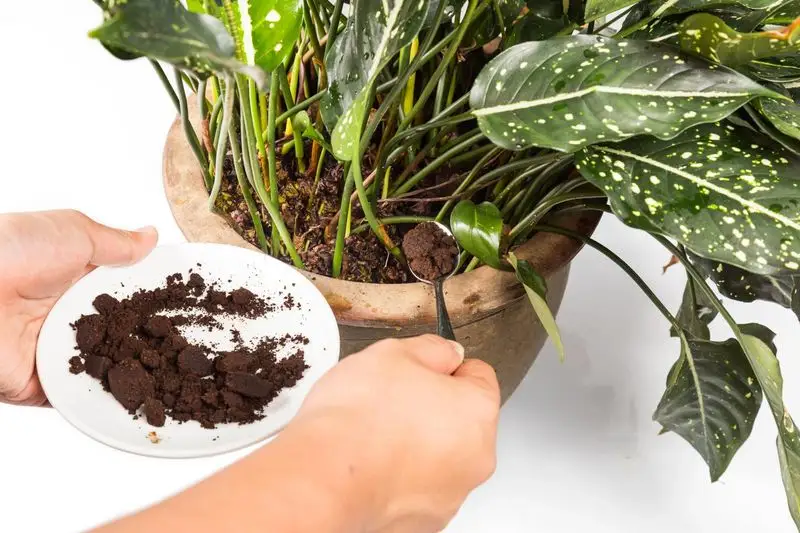
Applying coffee grounds to plants indiscriminately can be a recipe for disaster. While they can enrich compost with nitrogen, their high acidity isn’t suitable for all plants. Acid-loving varieties like azaleas or blueberries might benefit, but others could suffer. Coffee grounds can also compact soil, restricting water and air flow. Instead, compost them or mix sparingly into the soil. Knowing your plant’s specific needs is key to using coffee grounds effectively, avoiding harm while reaping potential benefits.
Myth 4: Fertilizer Is Plant Food
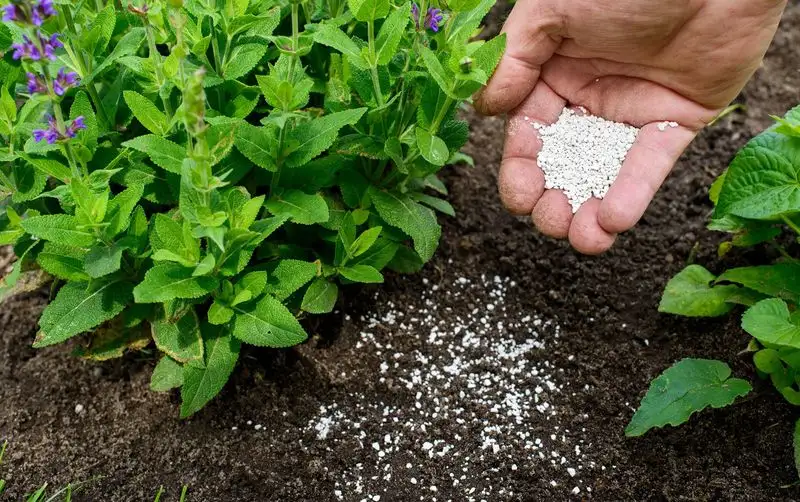
Describing fertilizer as plant food is misleading. Plants make their own “food” through photosynthesis using sunlight, water, and carbon dioxide. Fertilizers supply essential nutrients absent from the soil, not primary sustenance. Over-relying on fertilizers can harm plants, leading to nutrient imbalances. It’s vital to know your plants’ specific needs and the soil’s condition before adding fertilizers. Think of them as supplements rather than meals, enhancing growth when used wisely and sparingly.
Myth 5: All Plants Purify Air
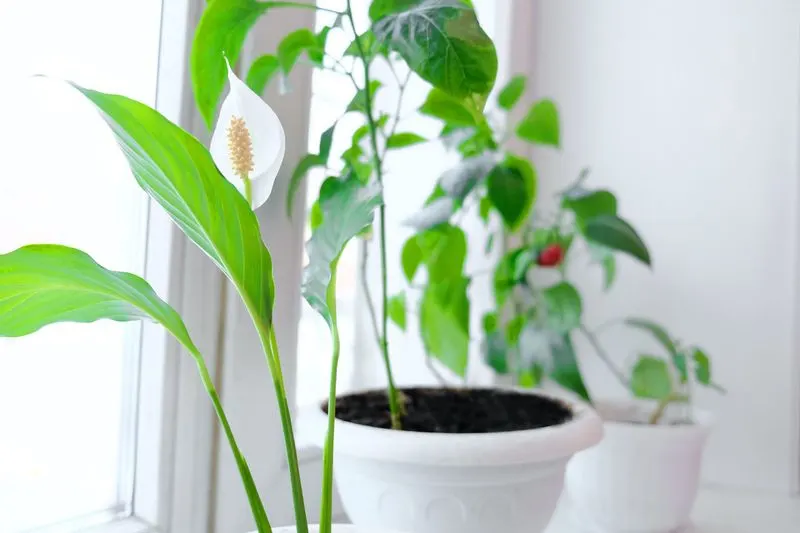
Not all plants possess significant air-purifying capabilities. While some like the peace lily or snake plant can remove toxins, most houseplants have minimal impact. The misconception might arise from NASA studies which, under controlled conditions, showed certain plants removed pollutants. However, the effect is negligible in typical home environments. Instead, focus on proper ventilation and air quality management for a healthier home atmosphere. Plants can complement these efforts, but relying solely on them is misguided.
Myth 6: Yellow Leaves Always Mean Overwatering
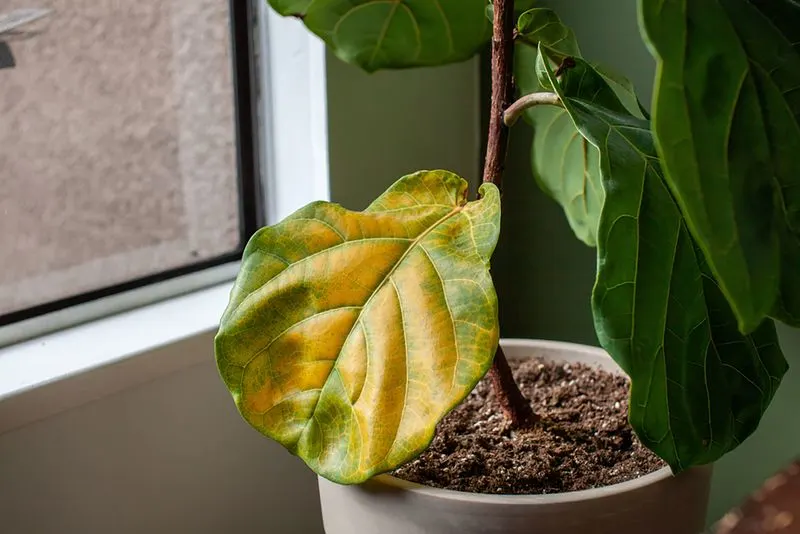
Yellowing leaves don’t exclusively signal overwatering. Various factors, including nutrient deficiencies, pests, or natural aging, contribute to this condition. Misjudging yellow leaves can lead to improper care adjustments. Examine other signs, such as soil moisture or leaf texture, to determine the cause. Conduct thorough checks for pests or diseases, and consider the plant’s placement—light and temperature affect health too. Understanding your plant’s specific indicators helps address the root issue, ensuring the right course of action.
Myth 7: Big Pots Help Plants Grow Bigger

Oversized pots can hinder plant growth more than help. They retain excess moisture, increasing the risk of root rot. Plants expend energy developing extensive roots rather than upward growth. Selecting the appropriate pot size facilitates balanced development, ensuring roots anchor well without drowning. Consider repotting gradually as the plant grows to maintain optimal conditions. This approach nurtures a healthy balance between root and foliage, promoting overall vitality.
Myth 8: Misting Plants Replaces Watering
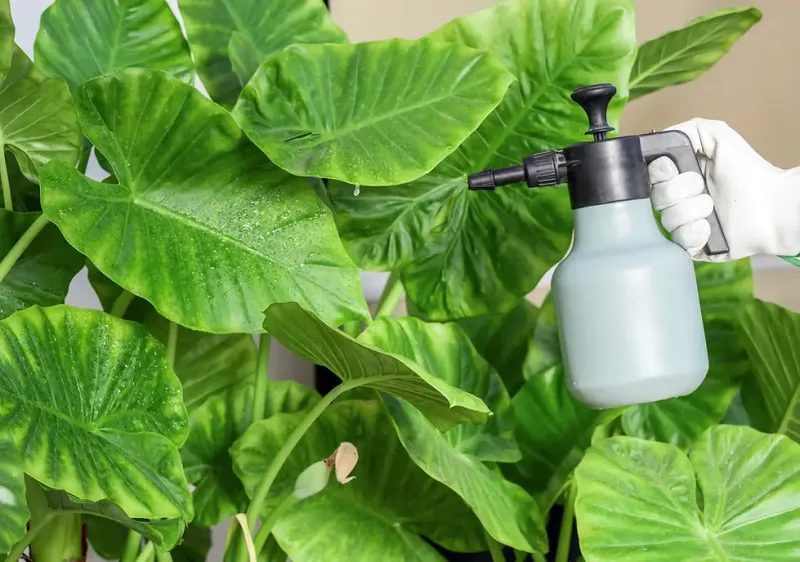
Misting leaves may increase humidity temporarily but doesn’t replace root watering. This practice might benefit tropical plants, but others find it ineffective. Proper hydration requires watering soil, ensuring roots receive adequate moisture. Misting can supplement humidity needs but shouldn’t substitute thorough watering routines. Understanding the specific requirements of your plants is crucial—some thrive with added humidity, while others prefer drier conditions. Adapt practices to your plant’s natural habitat for best results.
Myth 9: Succulents Need Little Light
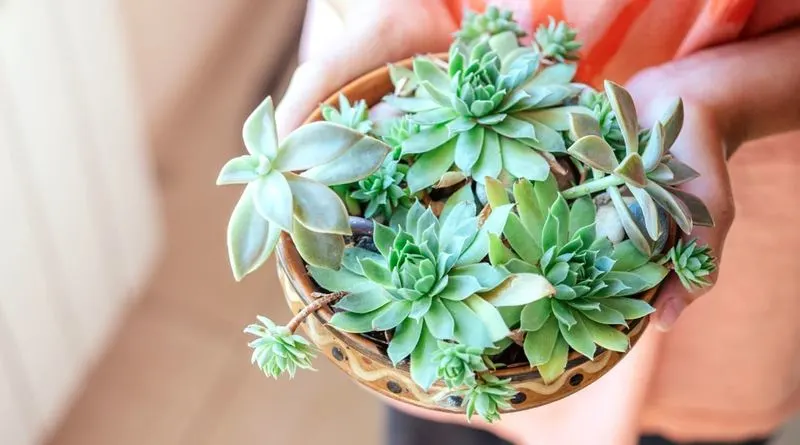
Succulents, contrary to popular belief, often require substantial sunlight. Native to arid, sun-drenched regions, they thrive in bright, direct light. Insufficient lighting leads to elongated, weak growth as they stretch toward any available source. Evaluate your succulents’ sunlight exposure and adjust their positioning to prevent spindly development. While some varieties tolerate low light, most need several hours of sun daily to maintain their compact, robust form. Adequate light fosters healthy, vibrant succulents.
Myth 10: Indoor Plants Don’t Need Sunlight
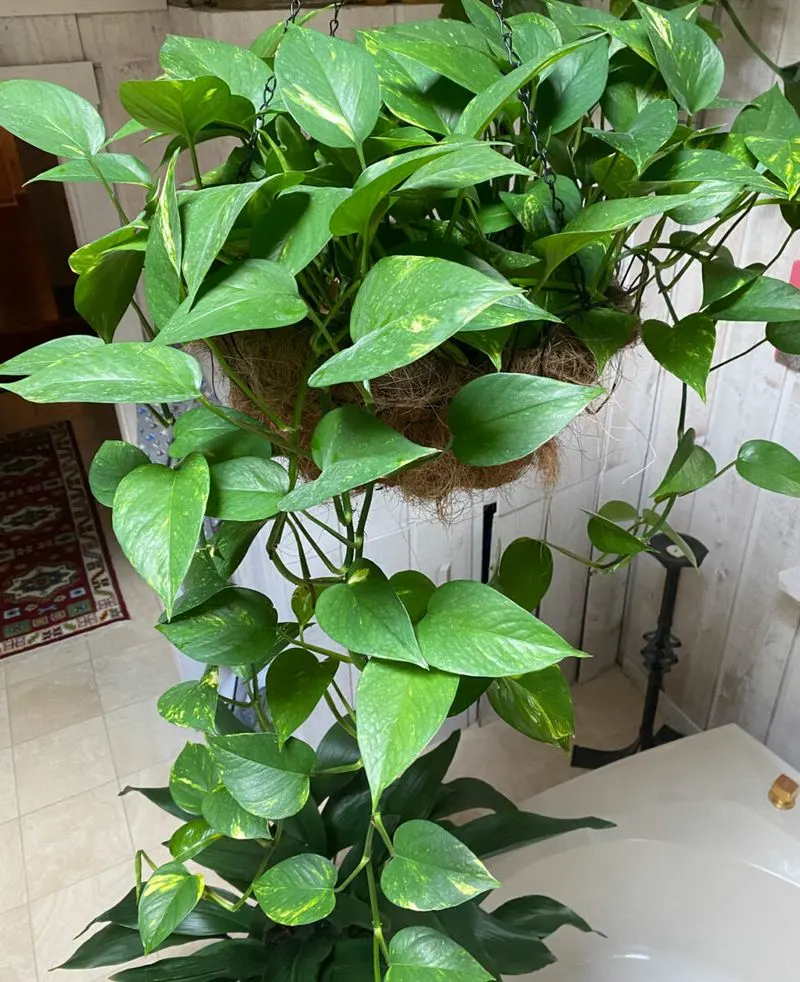
Even shade-loving indoor plants need some sunlight. Light is vital for photosynthesis, the plant’s food-making process. While some can tolerate low-light environments, prolonged absence of light leads to poor health and growth. Consider the natural habitat of your houseplants, and provide appropriate lighting conditions. Indirect sunlight or artificial grow lights can supplement areas lacking natural light. Ensuring adequate light exposure supports their energy requirements, promoting vitality and resilience.
Myth 11: Pruning Hurts Plants
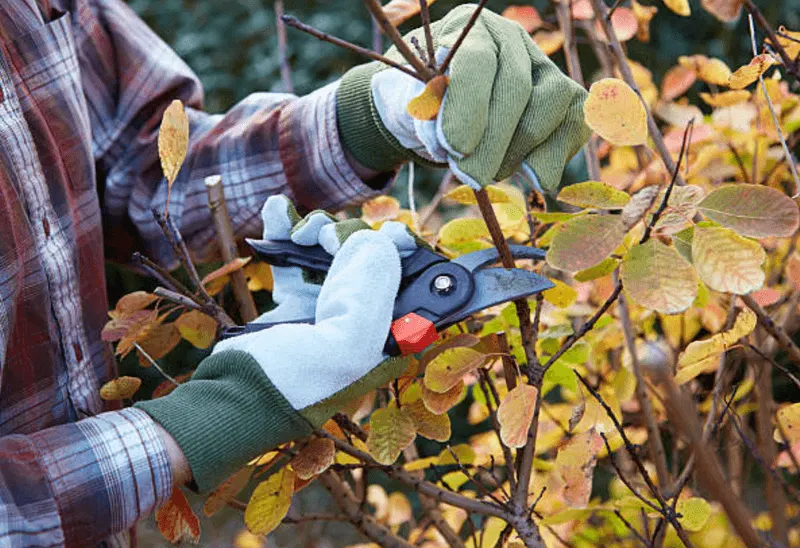
Pruning, when done correctly, invigorates rather than harms plants. It stimulates growth by removing dead or overgrown branches, redirecting resources to healthier parts. Regular pruning shapes plants, encourages flowering, and prevents disease spread. Timing and technique are crucial—different species have varying pruning needs. Use clean, sharp tools to minimize damage, and research species-specific guidelines to maximize benefits. Proper pruning fosters stronger, more aesthetically pleasing plants.
Myth 12: Tap Water is Bad for Plants
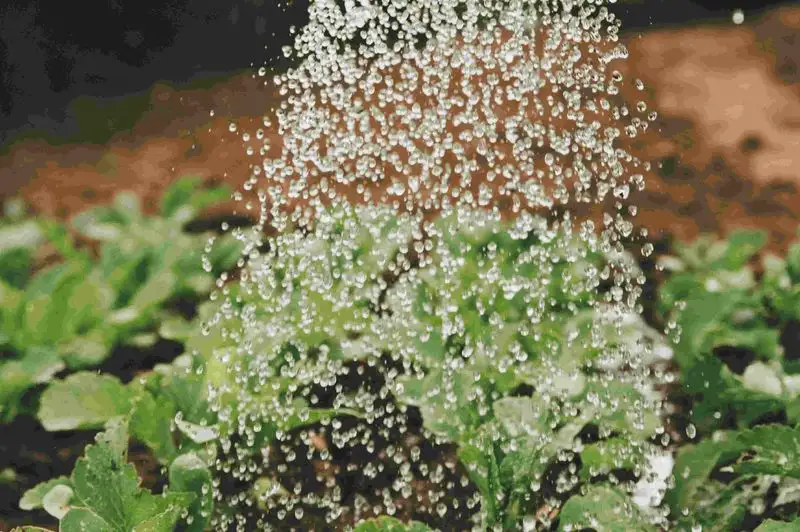
Tap water, generally safe for plants, often contains minerals beneficial in small quantities. However, high chlorine content or hard water can pose problems for sensitive species. Allowing water to sit overnight can dissipate chlorine, making it safer. Certain plants may thrive with distilled or rainwater alternatives if issues persist. Understanding your local water quality and plant preferences ensures they receive suitable hydration without adverse effects.
Myth 13: Direct Sunlight Burns Leaves
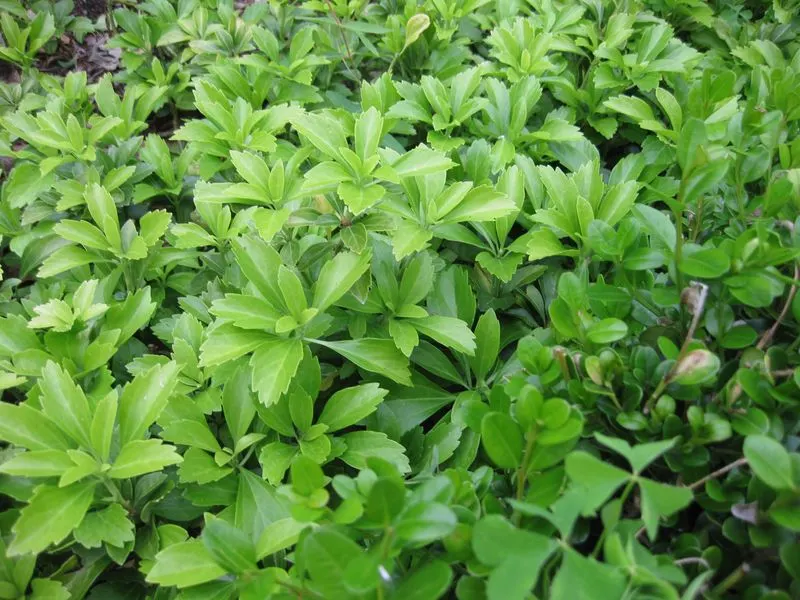
The belief that direct sunlight inevitably burns leaves is overly simplistic. While some plants can scorch under intense rays, many thrive in direct light. Leaf burn depends on species, acclimation, and environmental factors. Gradual exposure helps plants adjust to brighter conditions, reducing burn risk. Understanding plant-specific light needs ensures they receive optimal sunlight without harm. Experimentation and observation refine conditions for each plant, promoting robust health.
Myth 14: All Plants Grow Year-Round
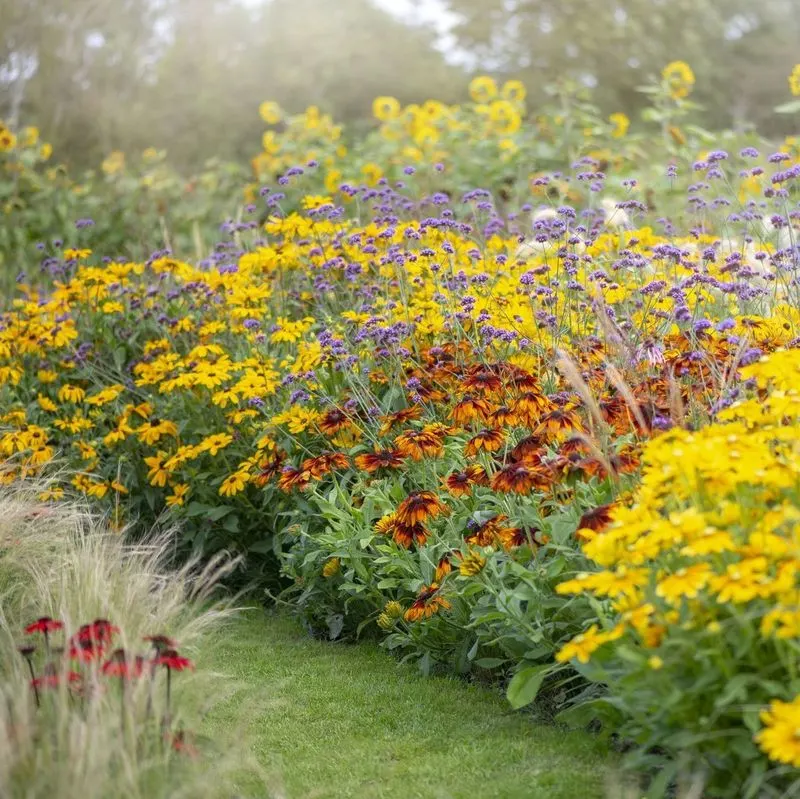
Most plants have dormant periods, often during colder months, where growth slows or halts. This cycle conserves energy for favorable conditions. Understanding dormancy helps adjust care routines, such as reducing watering or halting fertilization. Recognizing this natural phase prevents unnecessary interventions. Observing plant behavior through seasons offers insight into their life cycle, ensuring care aligns with their natural rhythms. This knowledge aids in nurturing resilient, flourishing plants.
Myth 15: Singing Encourages Growth
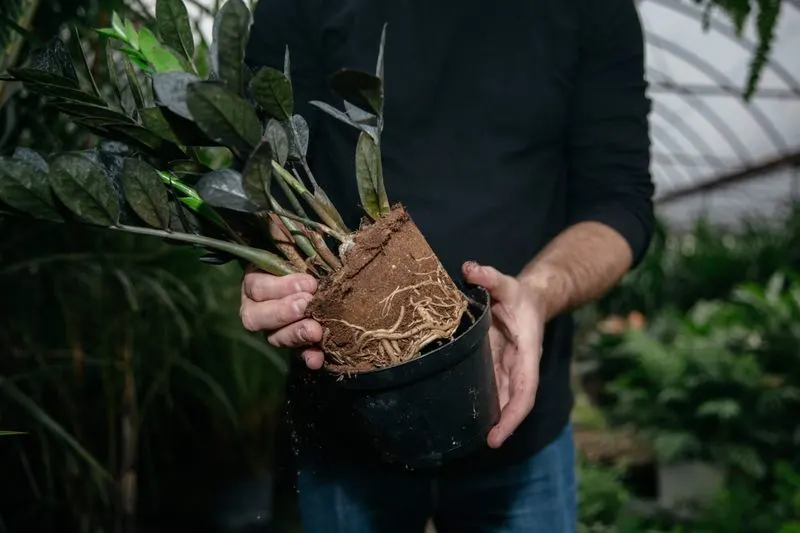
With a voice as sweet as a morning songbird, many believe that singing to plants encourages their growth. While charming, this myth lacks scientific support. Plants respond to light, water, and nutrients, not the dulcet tones of a tune.
Some studies suggest that vibrations from sound waves can stimulate plant cells, but singing alone won’t make them thrive. Your green friends need the right environment and care.
Did you know that Prince Charles famously admitted to chatting with his plants? While it might not boost growth, it certainly adds joy to gardening!

